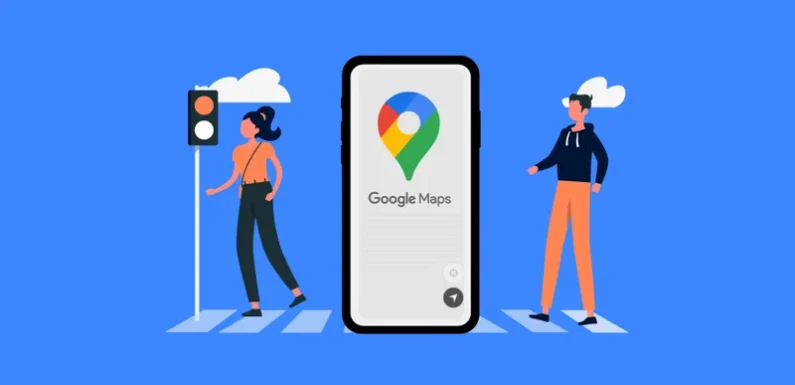
Google Maps SEO represents a specialized branch of digital marketing that helps brick-and-mortar establishments capture attention precisely when nearby customers are ready to visit. For physical businesses seeking to convert online visibility into actual store traffic, optimizing for map search has evolved from a competitive advantage to an essential survival skill.
Map rankings and store visits
When a business ranks higher on Google Maps, it experiences a natural boost in physical visitors. This happens because consumers typically focus on the top three results in map searches, which are often called the “Local Pack.” These prominent listings capture immediate attention and trust from users. Businesses in these coveted positions receive considerably more exposure than those ranked lower or on subsequent pages. Statistics show that the top three map listings receive up to 75% of all clicks from local searches, converting digital visibility into real-world foot traffic.
Breaking down the local search journey
The path from online search to in-store visit follows a predictable pattern:
- A consumer searches for products or services with local intent
- They scan the map results and business listings
- They evaluate options based on ranking, reviews, and proximity
- They select a business and either save the information or navigate there directly
This streamlined process demonstrates why map rankings determine whether a business gets considered. When positioned high in search results, businesses become part of the consumer’s consideration set, while lower-ranked establishments often remain undiscovered.
Factors that boost map visibility
Getting to the top positions requires attention to several key elements:
- Complete and accurate business information
- Consistent NAP (Name, Address, Phone) details across platforms
- High-quality and recent photos of your business
- Positive customer reviews and ratings
- Regular posts and updates on your Business Profile
- Relevant business categories selection
- Location-specific keywords in your business description
The businesses that excel in these areas rank higher and attract more visitors. Each element signals to Google that a business is legitimate, active, and relevant to searchers in the area.
How do mobile searches drive immediate visits?
Mobile search behaviour has reshaped local business dynamics entirely. When people search on their phones, they often want immediate solutions. Research shows that 76% of people who conduct a local search on their smartphone visit a physical store within 24 hours. This immediacy factor makes map rankings even more valuable. A top position can trigger a spontaneous visit from someone nearby. For food establishments, retail stores, and service businesses, these “near me” searches represent ready-to-act customers looking for immediate options.
Measuring the impact of map rankings
To understand how rankings affect visitor numbers, businesses should track:
- Search impressions versus store visit data
- Click-through rates from map listings
- Direction requests through Google Maps
- Phone calls initiated from map listings
- Peak times for both search visibility and in-store traffic
By correlating these metrics, patterns emerge showing how digital visibility translates to physical presence. For example, businesses often notice a surge in foot traffic within hours after improving their map position. Your physical location should inform your entire digital approach. When map rankings improve, the results increase as more visitors leave reviews, photos, and engagement signals that further strengthen your position. The real value lies in consistency. Businesses that maintain strong map rankings establish themselves as neighbourhood fixtures, becoming the default choice for local consumers.


